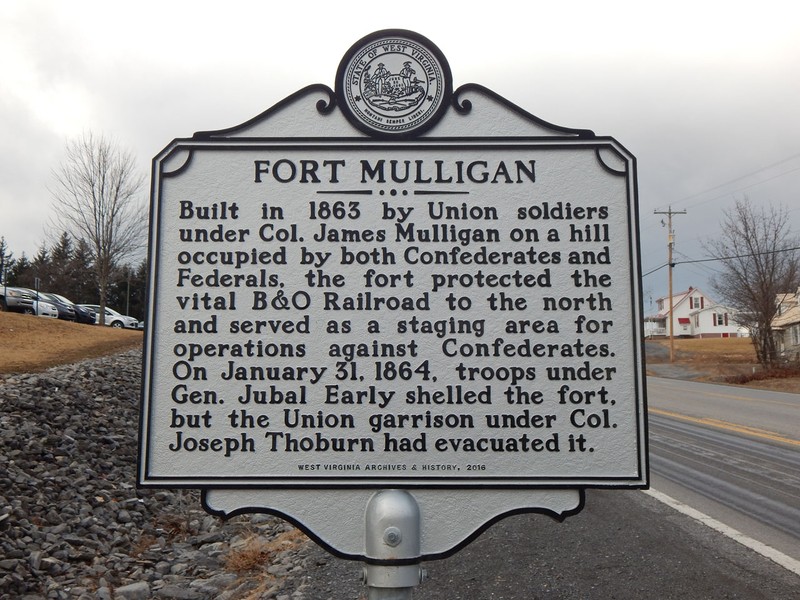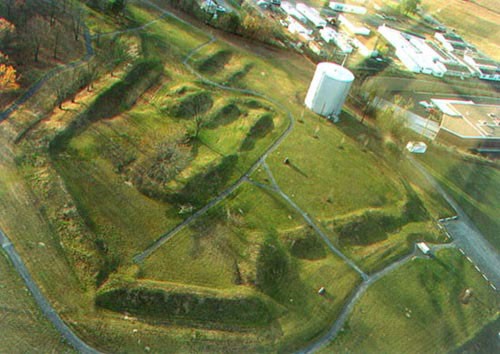Civil War Sites In The AFNHA RegionThe United States was still a fairly young nation when the Civil War began. The division set state against state, citizen against citizen, and brother against brother. This is most evident in the people who lived in the state of Virginia. The state of Virginia was quite big at this time containing 95 counties plus the 55 counties of Western Virginia. Having played a significant role in the formation of the country, the leaders in Virginia were hesitant to join in the dissent. By the end of the war the state split into two separate states, a reflection of what could happen to the rest of the country. AFHNA is one area that is preserving this history by working with many partners to conserve, promote and protect this portion of our story. As you tour this portion of the civil war story in what is now West Virginia, may you discover a part of your story along the way.
(For more information about sites that are being preserved check out: https://www.appalachianforestnha.org/ and https://www.battlefields.org/ Plan ahead to experience living history through Civil War reenactments http://www.wvra.org/ )
In the late 1800s, the United States was experiencing quite a bit of growth and expansion, especially due to the start of the railroad. This made it possible to access natural and manufactured resources as well as people and move them great distances supporting new commerce. Abraham Lincoln was elected president in 1860 who established a strong stand against slavery that many independent-minded states considered to be an overreach of government authority. This stand was part of a powerful rift that was dividing the country and South Carolina became the first of eleven states to secede from the union to form the Confederate States of America.
The Civil War officially began On April 12, 1861 when the Confederate army opened fire on Fort Sumter in Charleston Bay, South Carolina and forced it to lower the American flag in surrender. This event pushed states to decide where they stood on the issues. President Lincoln then called for 75000 Union troops from surrounding states including Virginia to quell the rebellion. Rather than support the president, on April 17th Virginia passed an ordinance of secession which would not become official until the Virginia voters ratified the decision. In Western Virginia, nine delegates supported secession while 29 voted to remain with the Union. Tensions continued to rise and delegates from the western counties of Virginia moved to form a New Virginia. Differences related to taxes, politics, culture and representation had already driven a wedge between the people living on the eastern and western portions of the Allegheny Mountains.
https://www.pbs.org/video/west-virginia-road-statehood-west-virginia-road-statehood
https://www.battlefields.org/learn/articles/brief-overview-american-civil-war



